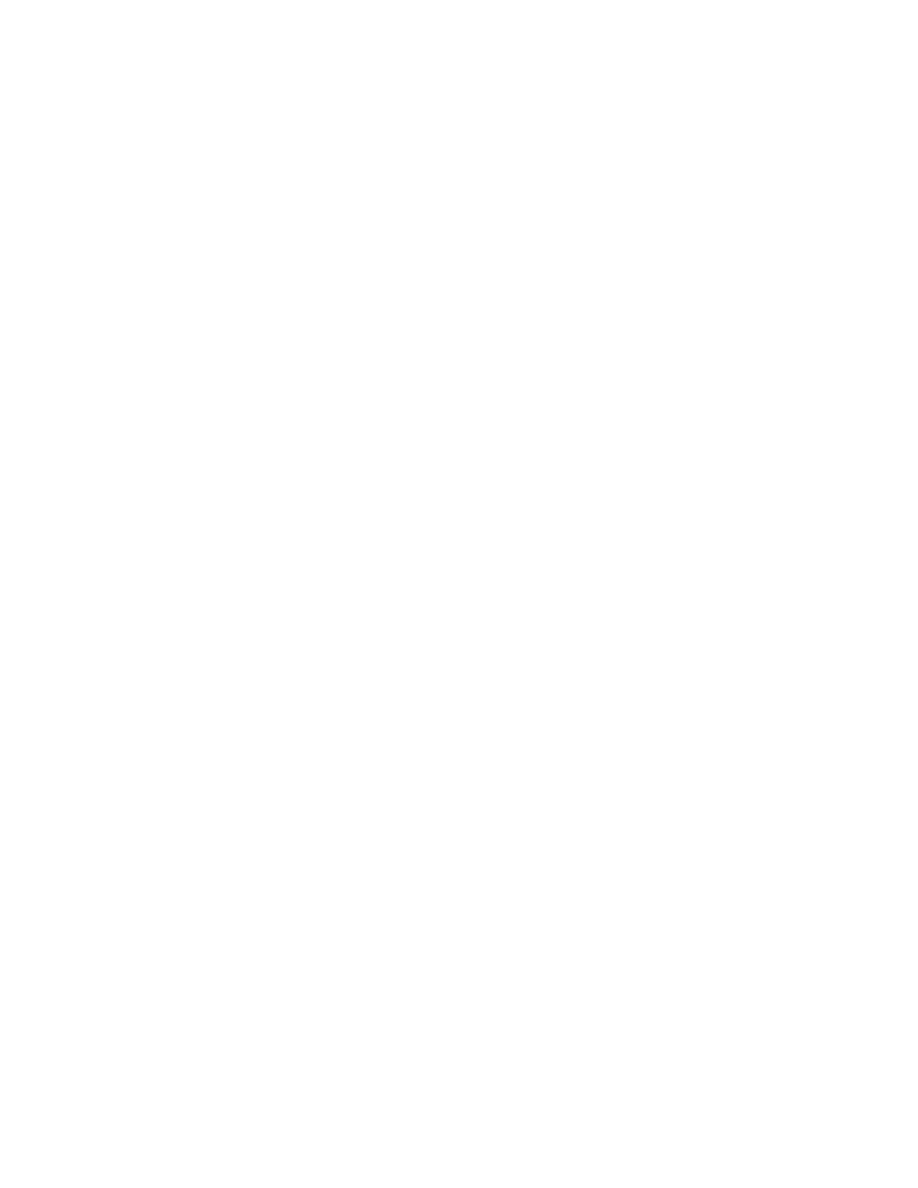
627
Federal Aviation Administration, DOT
§ 29.923
(ii) Absorbed by the rotors to be ap-
proved for the rotorcraft.
(b)
Endurance tests; takeoff run.
The
takeoff run must be conducted as fol-
lows:
(1) Except as prescribed in para-
graphs (b)(2) and (b)(3) of this section,
the takeoff torque run must consist of
1 hour of alternate runs of 5 minutes at
takeoff torque and the maximum speed
for use with takeoff torque, and 5 min-
utes at as low an engine idle speed as
practicable. The engine must be de-
clutched from the rotor drive system,
and the rotor brake, if furnished and so
intended, must be applied during the
first minute of the idle run. During the
remaining 4 minutes of the idle run,
the clutch must be engaged so that the
engine drives the rotors at the min-
imum practical r.p.m. The engine and
the rotor drive system must be acceler-
ated at the maximum rate. When de-
clutching the engine, it must be decel-
erated rapidly enough to allow the op-
eration of the overrunning clutch.
(2) For helicopters for which the use
of a 2
1
⁄
2
-minute OEI rating is requested,
the takeoff run must be conducted as
prescribed in paragraph (b)(1) of this
section, except for the third and sixth
runs for which the takeoff torque and
the maximum speed for use with take-
off torque are prescribed in that para-
graph. For these runs, the following
apply:
(i) Each run must consist of at least
one period of 2
1
⁄
2
minutes with takeoff
torque and the maximum speed for use
with takeoff torque on all engines.
(ii) Each run must consist of at least
one period, for each engine in sequence,
during which that engine simulates a
power failure and the remaining en-
gines are run at the 2
1
⁄
2
-minute OEI
torque and the maximum speed for use
with 2
1
⁄
2
-minute OEI torque for 2
1
⁄
2
min-
utes.
(3) For multiengine, turbine-powered
rotorcraft for which the use of 30-sec-
ond/2-minute OEI power is requested,
the takeoff run must be conducted as
prescribed in paragraph (b)(1) of this
section except for the following:
(i) Immediately following any one 5-
minute power-on run required by para-
graph (b)(1) of this section, simulate a
failure for each power source in turn,
and apply the maximum torque and the
maximum speed for use with 30-second
OEI power to the remaining affected
drive system power inputs for not less
than 30 seconds. Each application of 30-
second OEI power must be followed by
two applications of the maximum
torque and the maximum speed for use
with the 2 minute OEI power for not
less than 2 minutes each; the second
application must follow a period at sta-
bilized continuous or 30 minute OEI
power (whichever is requested by the
applicant). At least one run sequence
must be conducted from a simulated
‘‘flight idle’’ condition. When con-
ducted on a bench test, the test se-
quence must be conducted following
stabilization at take-off power.
(ii) For the purpose of this para-
graph, an affected power input includes
all parts of the rotor drive system
which can be adversely affected by the
application of higher or asymmetric
torque and speed prescribed by the
test.
(iii) This test may be conducted on a
representative bench test facility when
engine limitations either preclude re-
peated use of this power or would re-
sult in premature engine removals dur-
ing the test. The loads, the vibration
frequency, and the methods of applica-
tion to the affected rotor drive system
components must be representative of
rotorcraft conditions. Test components
must be those used to show compliance
with the remainder of this section.
(c)
Endurance tests; maximum contin-
uous run.
Three hours of continuous op-
eration at maximum continuous torque
and the maximum speed for use with
maximum continuous torque must be
conducted as follows:
(1) The main rotor controls must be
operated at a minimum of 15 times
each hour through the main rotor pitch
positions of maximum vertical thrust,
maximum forward thrust component,
maximum aft thrust component, max-
imum left thrust component, and max-
imum right thrust component, except
that the control movements need not
produce loads or blade flapping motion
exceeding the maximum loads of mo-
tions encountered in flight.
(2) The directional controls must be
operated at a minimum of 15 times
each hour through the control ex-
tremes of maximum right turning
VerDate Sep<11>2014
12:50 Apr 30, 2019
Jkt 247046
PO 00000
Frm 00637
Fmt 8010
Sfmt 8010
Y:\SGML\247046.XXX
247046
spaschal on DSK3GDR082PROD with CFR